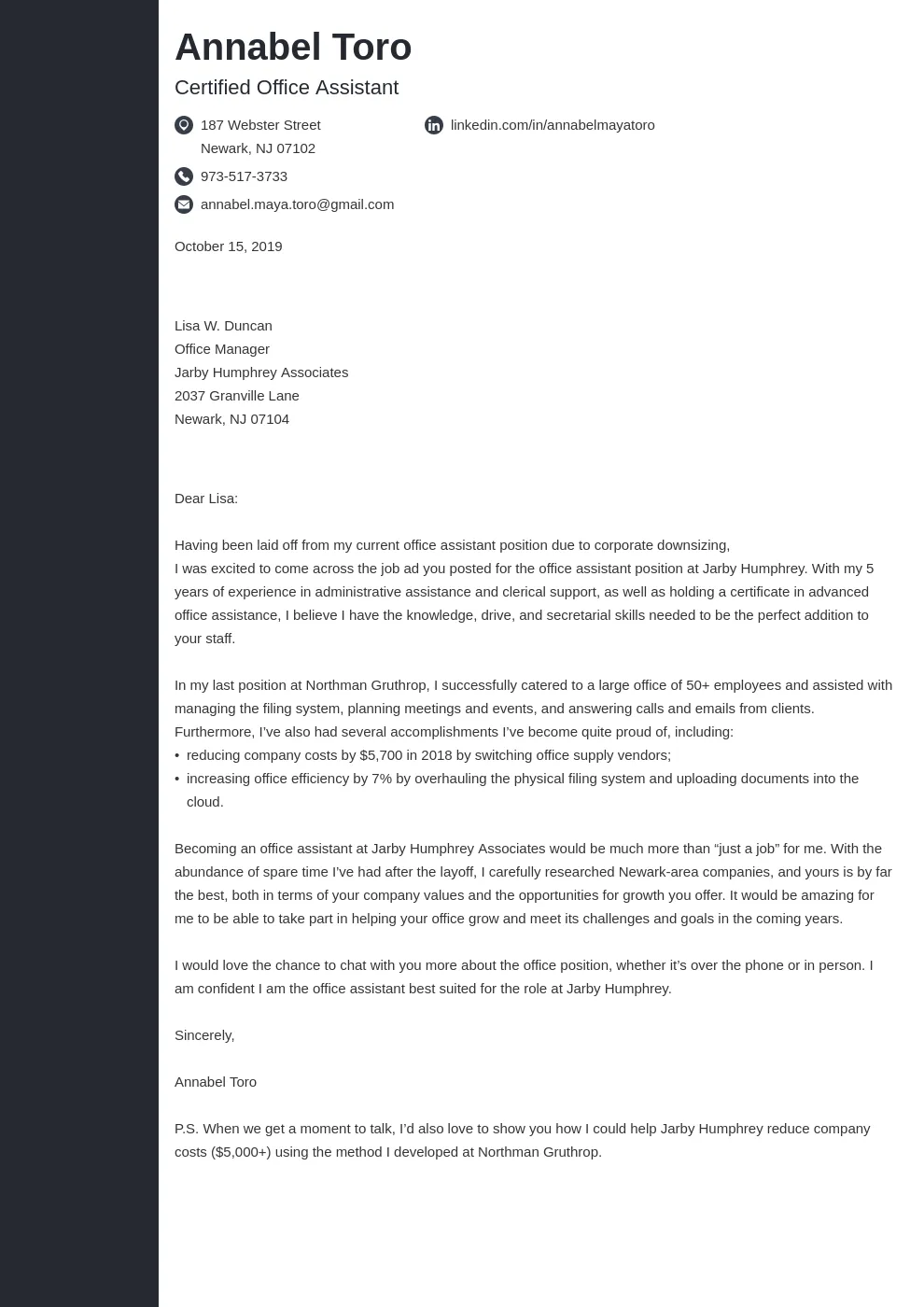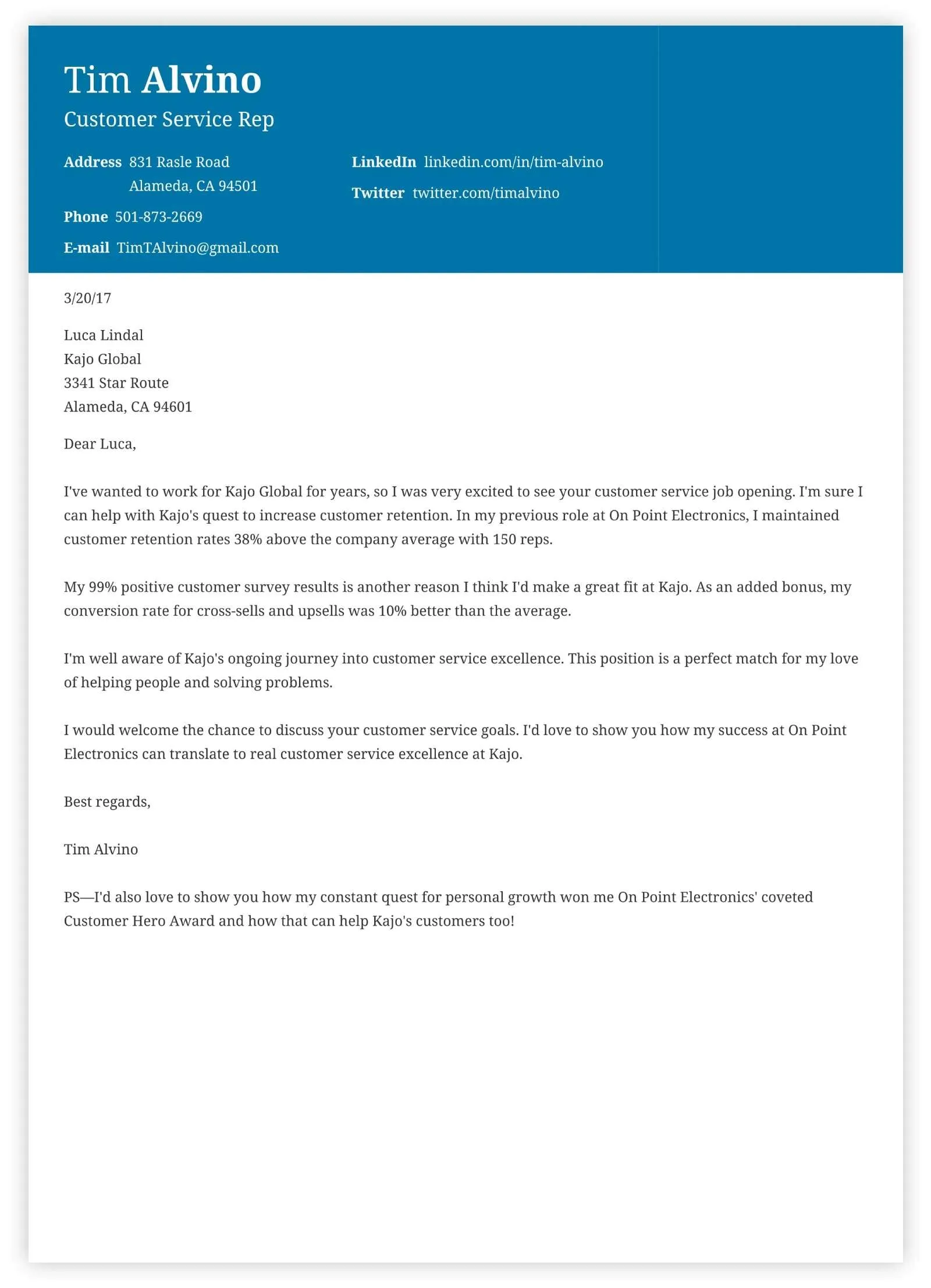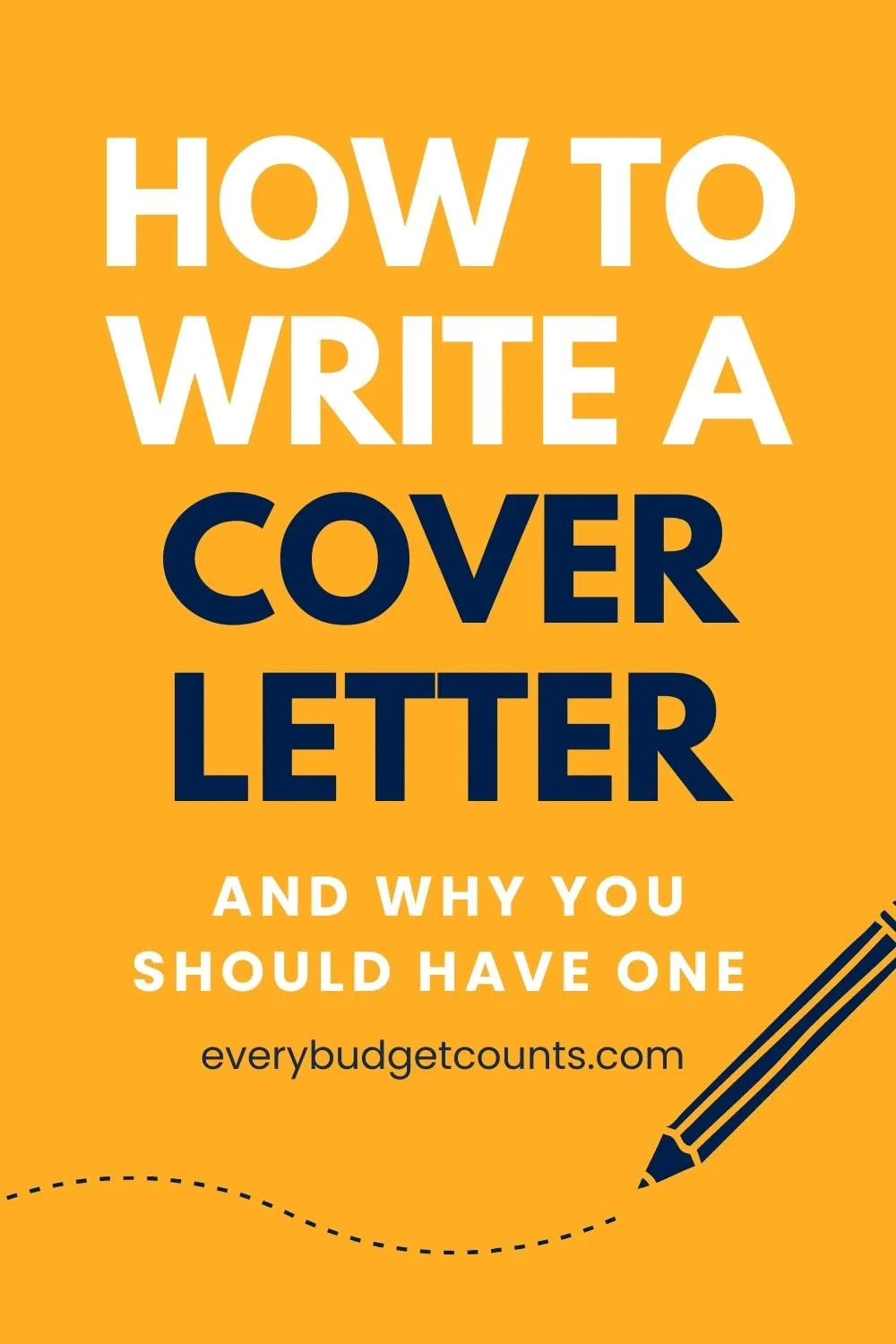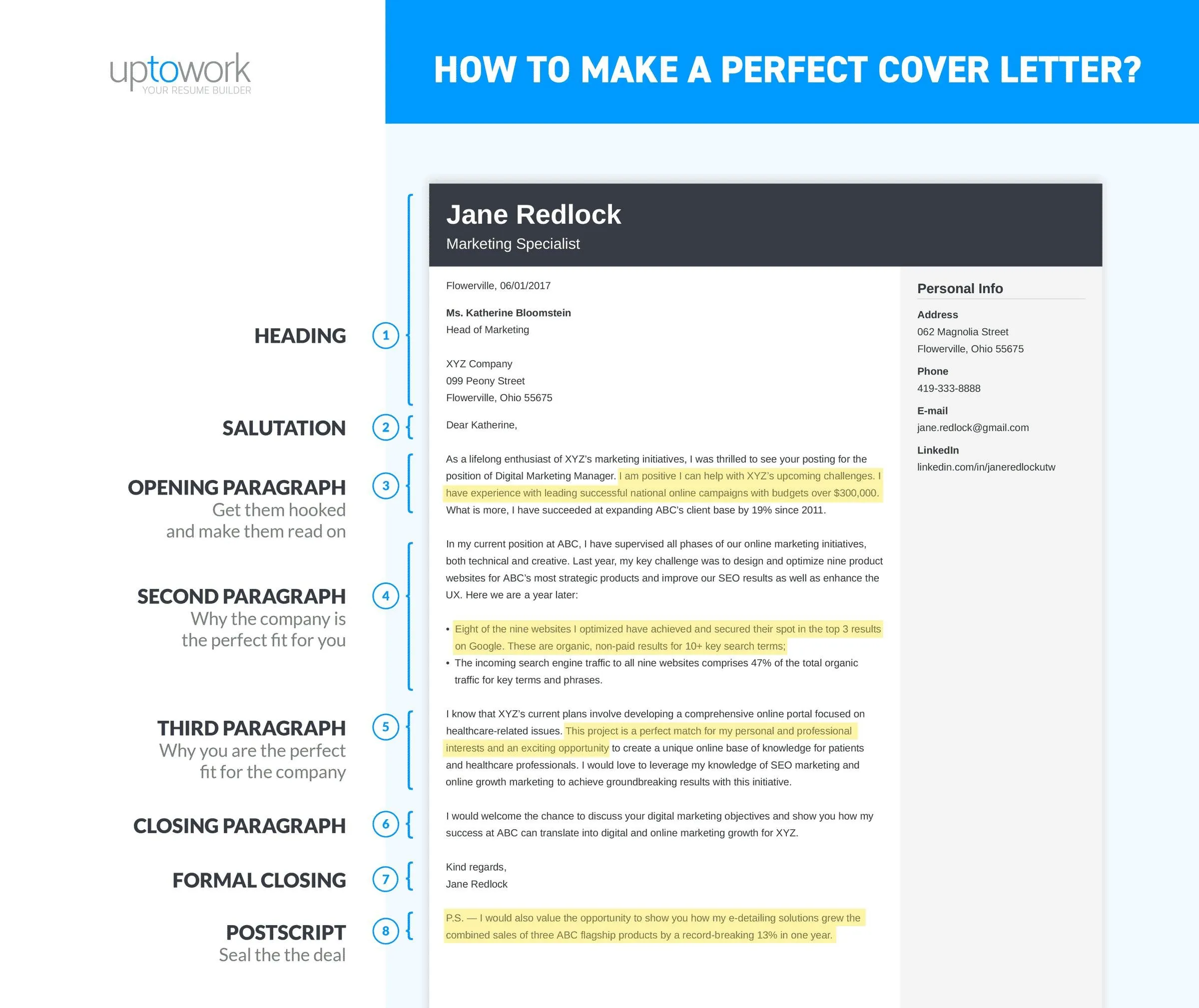What is a Cover Letter
A cover letter is a crucial document that accompanies your resume when applying for a job. It serves as an introduction, providing a snapshot of your skills, experience, and personality. Unlike a resume, which is a factual summary of your professional history, a cover letter allows you to express your interest in the specific role and explain why you are the ideal candidate. In 2020, with the rise of online applications and the increasing competition for jobs, a well-crafted cover letter can significantly increase your chances of getting noticed by a hiring manager. A strong cover letter demonstrates your communication skills, showcases your enthusiasm, and highlights the value you can bring to the company.
Why Cover Letters Still Matter in 2020
Despite the digital age and the ease of online applications, cover letters remain relevant in 2020. They offer an opportunity to personalize your application and demonstrate your understanding of the job requirements. In a world where many applications are screened by applicant tracking systems (ATS), a cover letter can help you stand out by using relevant keywords and showcasing your unique qualifications. A cover letter also allows you to address any gaps in your resume or explain specific circumstances that might be relevant to your application. Furthermore, a cover letter demonstrates your writing skills and attention to detail, which are valuable assets in many professional roles. Ultimately, a well-written cover letter can make the difference between getting an interview and being overlooked.
Key Components of a Cover Letter

A compelling cover letter should include several key components. Each section contributes to a cohesive and persuasive narrative that highlights your suitability for the role. These components work together to create a strong first impression and encourage the hiring manager to delve deeper into your qualifications. A well-structured cover letter is easy to read and effectively communicates your key strengths and motivations.
Contact Information
Start your cover letter with your contact information, including your name, phone number, email address, and optionally, your LinkedIn profile URL. This ensures that the hiring manager can easily reach you if they want to schedule an interview. Place this information at the top of the letter, either on the left or right side, aligning it with your resume format for consistency. Using a professional-looking email address is crucial as well, and avoid using nicknames or informal language.
The Opening Paragraph
The opening paragraph is your chance to grab the reader’s attention. Begin by stating the specific position you are applying for and where you found the job posting. Briefly express your enthusiasm for the role and the company, showing that you have done your research and understand their mission. It is also advisable to mention a key skill or achievement that immediately highlights your suitability. This will create a hook and encourage the hiring manager to continue reading, setting a positive tone for the rest of your letter.
Highlighting Your Skills and Experience

The body of your cover letter should provide details of your skills and experience and explain how they align with the job requirements. This is your chance to elaborate on the information in your resume and demonstrate your qualifications. Focus on the skills and experience mentioned in the job description, providing specific examples of your accomplishments and how you have used these skills in previous roles. Tailor your letter to each job by emphasizing the most relevant skills and quantifying your achievements whenever possible. Mentioning the company’s values or mission demonstrates that you understand their goals and how you can contribute to them.
Tailoring Your Cover Letter to the Job
Customization is essential. Avoid using a generic cover letter for every application; instead, tailor each letter to the specific job and company. Research the company’s values, mission, and culture to demonstrate that you understand their goals. Review the job description carefully and identify the key skills and experiences that the employer is seeking. Then, use these keywords and phrases to highlight your relevant qualifications. Show, don’t just tell, by providing specific examples of your achievements and how your skills have contributed to your previous employers’ success.
Quantifying Your Achievements
Whenever possible, quantify your achievements with data and metrics. Instead of stating that you improved sales, specify the percentage increase. Instead of saying you managed a project, mention the budget and the timeline. This provides concrete evidence of your accomplishments and demonstrates your impact in previous roles. Numbers make your claims more credible and allow the hiring manager to easily understand the value you brought to your previous employers. Using quantifiable achievements makes your cover letter more compelling and memorable.
The Closing Paragraph

In your closing paragraph, reiterate your interest in the position and the company. Thank the hiring manager for their time and consideration. Clearly state your availability for an interview and provide your contact information again. Use a professional closing, such as “Sincerely” or “Best regards”, followed by your name. A strong closing paragraph reinforces your enthusiasm and leaves a positive final impression.
Formatting Your Cover Letter
Proper formatting is crucial for readability. Use a professional font like Arial, Calibri, or Times New Roman with a font size between 10 and 12 points. Maintain consistent margins (typically 1 inch on all sides) and use single-spaced paragraphs with a space between each paragraph. Avoid long blocks of text; break up your content into short, easy-to-read paragraphs. Use bullet points to highlight key skills or achievements. Ensure your cover letter is well-organized and visually appealing, making it easy for the hiring manager to quickly grasp your qualifications.
Proofreading and Editing
Proofreading and editing are essential steps. Carefully review your cover letter for any grammatical errors, spelling mistakes, or typos. Read the letter aloud to catch any awkward phrasing or sentence structure issues. Ask a friend or family member to review your cover letter for a fresh perspective. A polished, error-free cover letter demonstrates your attention to detail and professionalism. Ensure that your letter is concise, clear, and easy to understand, and it should reflect positively on your application and abilities.
Common Mistakes to Avoid

Several common mistakes can undermine your cover letter. Avoid using generic, impersonal language and instead tailor your letter to each job. Do not repeat your resume verbatim; provide additional details and context. Avoid exaggerating your skills or experience and always be truthful. Do not make any negative comments about your previous employers or colleagues. Ensure your cover letter is free of errors, typos, and grammatical mistakes. Proofread your cover letter multiple times before submitting it to catch errors and prevent your application from being rejected.
Cover Letter Examples 2020
Reviewing cover letter examples can provide valuable insights. There are numerous examples available online for various industries and job titles. Look for examples that are tailored to specific roles and companies. Analyze the structure, tone, and content of the examples to understand how to effectively showcase your skills and experience. Adapt these examples to your own situation while maintaining authenticity. Use these examples as a guide to create a compelling cover letter that highlights your unique qualifications and increases your chances of landing an interview.
